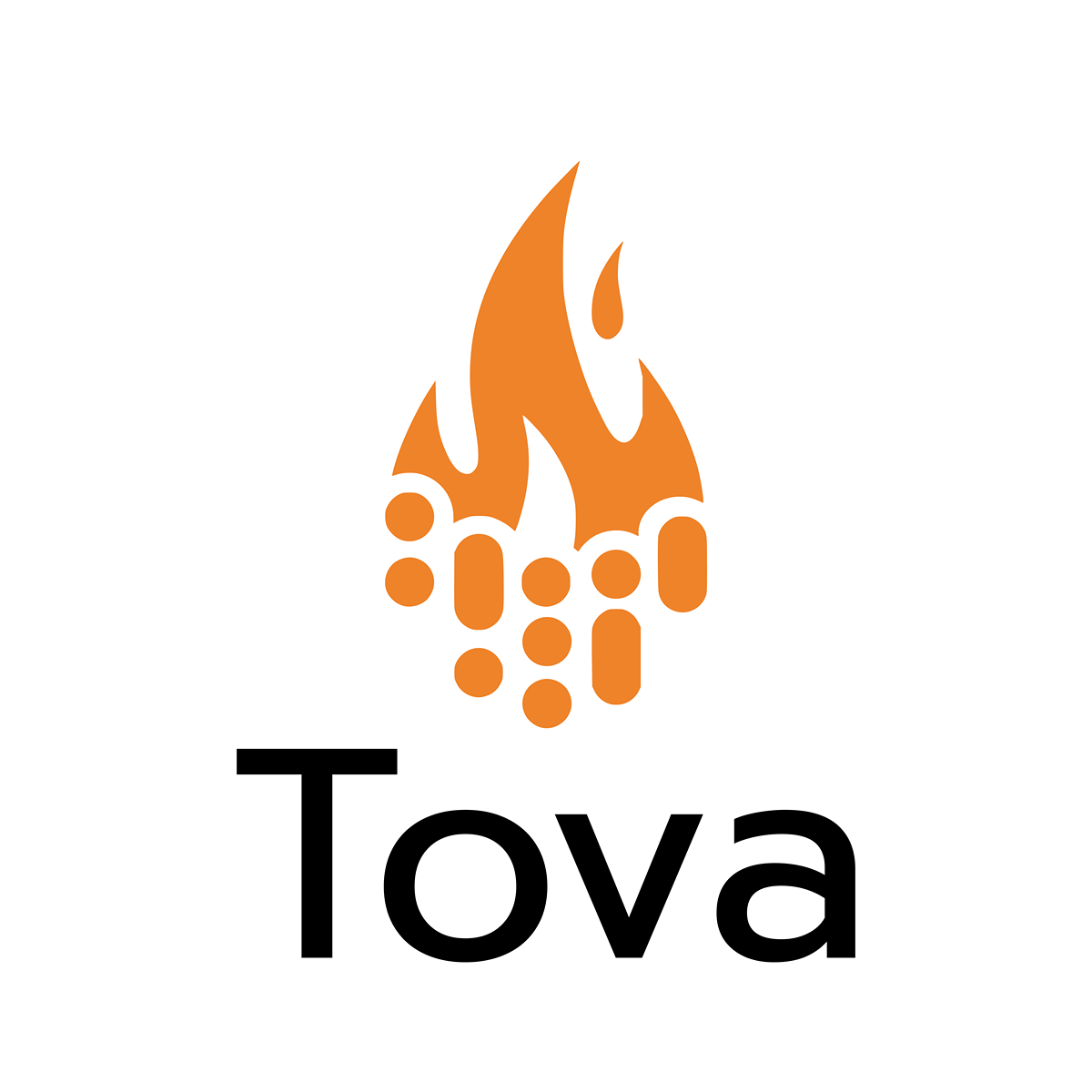Design: Different Types of Sauna Heaters
Not all sauna stoves are created equal.
The design — from the way it stores heat to how it moves air — is what makes the difference between a flat, lifeless sauna and one that delivers soft, rolling löyly.
In this post, we’ll break down the three main types of sauna heaters— wood-burning, electric, and pellet — and explore how their design impacts the experience.
1. Wood-Burning Sauna Stoves
Wood-burning stoves are the gold standard of traditional sauna culture. They use real fire, wood logs, and a large basket of stones to create rich, soft heat.
Key Design Features:
Large stone mass: Holds and releases heat evenly for excellent löyly.
Firebox below stones: Radiant heat rises through the rock bed, charging them fully.
Chimney or flue: Directs smoke out while retaining radiant heat inside.
Manual control: You adjust burn rate by tending logs and airflow.
Pros: Authentic fire, deep heat, timeless ritual.
Cons: More work — cutting wood, cleaning ash, and tending the flame.
2. Electric Sauna Stoves
Electric heaters dominate in homes and gyms because of their convenience — just flip a switch. But their design can lead to a different experience.
Key Design Features:
Heating coils instead of flame: Electric resistance elements heat the stones directly.
Small stone basket: Many electric units have fewer stones, limiting heat retention.
Fast heat-up time: Great for convenience, but not as “soft” as wood heat.
Programmable controls: Easy to set and forget.
Pros: Low-maintenance, simple operation.
Cons: Lower stone temps, less authentic feel, can produce harsh heat if underloaded with stones.
3. Pellet Sauna Stoves
Pellet stoves are a hybrid of tradition and innovation, bringing real fire with modern convenience.
Key Design Features:
Pellet hopper and feeder (auger): Automatically feeds wood pellets for steady, even burning.
Efficient burn pot: Designed to maximize flame heat while minimizing ash.
Large stone basket: Heats stones just like a traditional wood stove.
Optional automation: 110V power can enable ignition and temperature control.
Pros: Real flame with less effort, steady heat, cleaner burn.
Cons: Requires pellet storage, slight reliance on power if automated.
4. Why Stove Design Matters
The way a stove handles thermal mass, airflow, and combustion shapes everything about the sauna experience:
Stone placement and quantity influence how well steam develops.
Airflow design determines how heat circulates and how evenly löyly moves through the room.
Combustion efficiency affects both the quality of heat and the cleanliness of the burn.
The Tova Design Approach
We started with the best parts of each type of stove:
The authentic fire of wood-burning designs.
The convenience and control of electric units.
The clean, efficient burn of pellet technology.
The result? A pellet-powered sauna stove designed for deep stone heat, automatic convenience, and a real flame that respects the roots of sauna culture.
